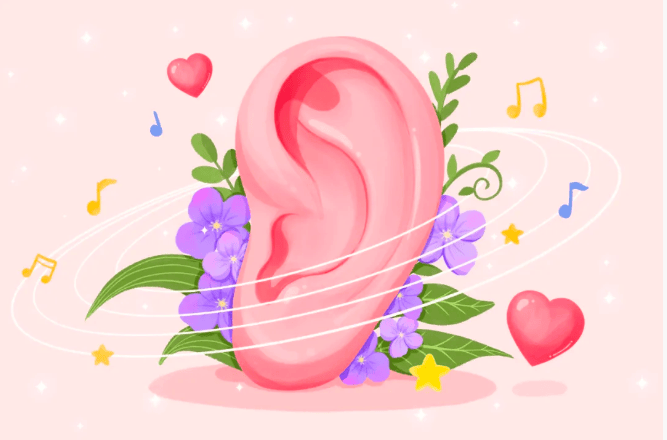In life, some older adults tend to turn up the volume when watching TV or browsing short videos; when chatting with others, their voices get louder, always digressing from the topic; children often need to repeat themselves several times when communicating with their parents before they are understood… If these situations occur with older adults, it may indicate hearing loss.
Hearing Loss Can Bring Various Risks
Elderly hearing loss refers to the overall decline in auditory function caused by aging, ear diseases, genetics, noise damage, ototoxic drugs, metabolic diseases, and poor lifestyle habits in people aged 60 and above.
Many older adults believe that hearing loss is a normal part of aging. In reality, not being able to hear is more than just an issue with “hearing”. Some older adults gradually avoid social interactions because they cannot hear others clearly or need others to repeat themselves multiple times, fearing misunderstanding the meaning, etc.; others, due to severe hearing loss, can only see others’ lips moving without understanding what is being said, leading to suspicion, irritability, and easily getting angry. Over time, this may lead to feelings of loneliness, triggering anxiety, depression, and other mental health problems, even resulting in social isolation.
Furthermore, hearing loss can increase safety risks, such as not hearing a car honking on the road, leading to accidents due to delayed reactions, etc. More and more studies have found a close relationship between hearing loss and cognitive decline in older adults, and protecting hearing is considered a crucial step in preventing dementia in the elderly. Aside from aging, chronic diseases like hypertension, diabetes, can also exacerbate hearing loss in older adults, so these patients need to be particularly vigilant about hearing loss issues.
Self-Testing Hearing: Try These Methods
The frequency range that the human ear can perceive is from 20 to 20,000 Hertz, and the frequency range for everyday speech communication generally falls between 500 to 3000 Hertz. Age-related hearing loss often first occurs in the high-frequency region and gradually expands to the mid-low-frequency range. Sounds like mosquitoes buzzing, fingers rubbing together are common high-frequency sounds, while noises like the humming of a refrigerator or exhaust fan fall into the low-frequency range.
How can we assess our own hearing abilities? Here are a few simple self-testing methods that can be used daily:
Rubbing your thumb and forefinger near your ear to listen closely for the sound produced;
Placing a watch (quartz or mechanical) near your ear to see if you can hear the ticking of the second hand;
Squeezing a plastic bag, tapping on a table, and see if you can hear these sounds.
Warm Reminder
If you find yourself unable to hear or understand others clearly when communicating in noisy environments, needing high volume on TV or phone, and unable to hear certain sounds after using the self-testing methods mentioned above, you may likely have hearing loss and it’s advised to seek medical attention promptly.
Author: Professor Liu Bo from the Department of Otolaryngology-Head and Neck Surgery, Beijing Tongren Hospital, Capital Medical University, a specialist in the National Health Science Popularization Expert Database
Planned by: Wang Ning


